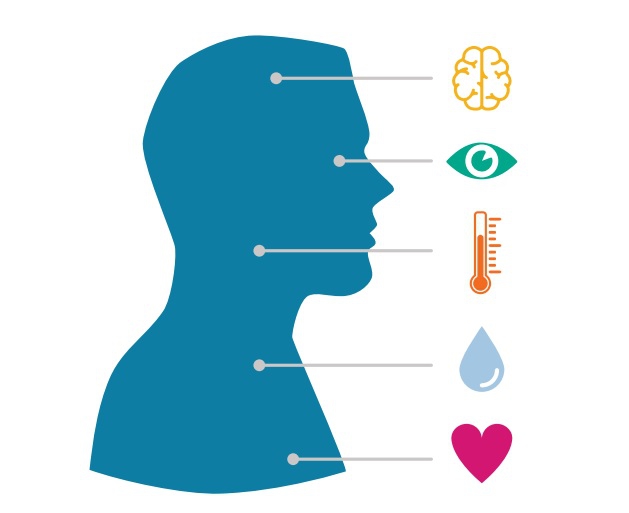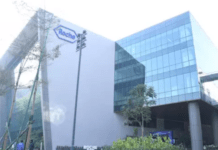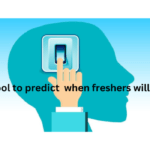These sensors can gather critical information such as duration of posture change, level of carbon dioxide, facial muscle strain and skin temperature. All of these can help organisations evaluate whether the employee is focused on intense work, is recharging, or is frustrated.
An effective office design is no longer a tool to only maximise office space, but it can easily take care of employee’s needs and enhance performance. Now to meet employee’s needs, one has to gather regular feedback from them or by the use of new technology – sensors, says, Haworth, a company that specialises in workspace design.
For instance, if these sensors are fitted in a meeting room, it can monitor and determine the duration for which most people have sitting without a posture change or if there has been a single dominant speaker for the past ten minutes. It can also measure the level of carbon dioxide, facial muscle strain and skin temperature, which can help organisations evaluate whether the attention span of the attendants is waning.
There are quite a few imaging systems available that monitor nonverbal behaviours such as measuring body posture, movement, eye tracking, facial expression, and even facial temperature. All of which could be used to identify activity, emotion, and concentration.
The sensor system, in accordance may adjust light intensity, colour, temperature of the room, airflow, and may even add specific scents to the air to bring the occupants back to a state of attention.
“It won’t be long until we have modular systems that allow a range of sensors to be plugged into tracks on walls, ceilings, or even furniture partitions. Monitored by smart systems, this data will build better awareness of the true activities occurring in the space so the systems can respond intelligently,” states Haworth in its latest study.
There are quite a few imaging systems available that monitor nonverbal behaviours such as measuring body posture, movement, eye tracking, facial expression, and even facial temperature. All of which could be used to identify activity, emotion, and concentration. This can help organisations gauge if the employee is focused on intense work, is recharging, or is frustrated.
Now if these imaging systems are connected with personal tracking systems, that monitors heart rate, body temperature, perspiration, and movement of users, organisations will not need to assume a ‘standard range’ for the human condition, instead the system can set a baseline for each user and directly measure change in the physical metrics known to correlate to certain states.
While monitoring at macro level may not be a challenge, tracking individual behaviours may hit a roadblock because this type of information is extremely personal and access to the information is regulated by a variety of laws.
Once the problem is identified, the system can then change the environmental conditions and the physical state of the furniture to either support the continuation of desired behaviour or nudge the user into a useful mental state or behaviour.
In addition automated sensors can now replace the manual occupancy surveys— which have been traditionally used to gather information on occupancy usage at workplaces – by continuously monitoring circulation areas, rooms, and workpoints. The new system provides accurate results and a richer understanding of activity within each space.
This increased precision allows reconfiguration based on actual use statistics. Typically, the occupancy survey which lasts for one to two weeks, fails to capture after-hours, weekend, monthly, seasonal, or holiday work habits— leaving organisations with incomplete and misleading information.
For instance, the automated system can answer questions such as ‘How often do people meet in a particular room?’, ‘Has a large conference room turned into an ad hoc office for a single person?’ or ‘Is a room empty even though it was reserved?’ Continuous room occupancy monitoring provides real-time information about room use as well as insights about long-term cycles.
However, on the flip side, while monitoring at macro level may not be a challenge, tracking individual behaviours may hit a roadblock because this type of information is extremely personal and access to the information is regulated by a variety of laws.
Besides, voluntary self-enrolment by an employee to share this information may not be sufficient to allow its use in some countries. The security of this information, and ethics of use, will be resolved as personal use of these devices grows.
Value our content... contribute towards our growth. Even a small contribution a month would be of great help for us.
Since eight years, we have been serving the industry through daily news and stories. Our content is free for all and we plan to keep it that way.
Support HRKatha. Pay Here (All it takes is a minute)





































very good info— very useful to us like companies